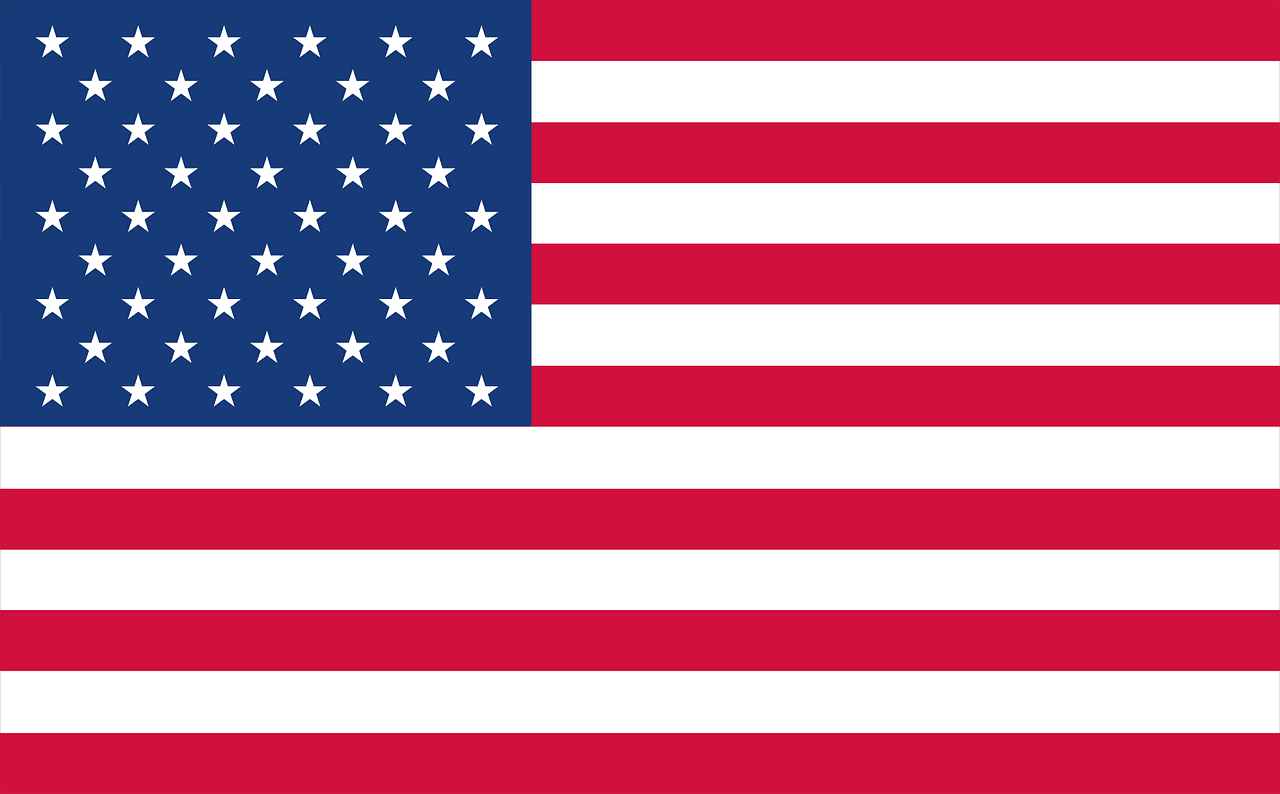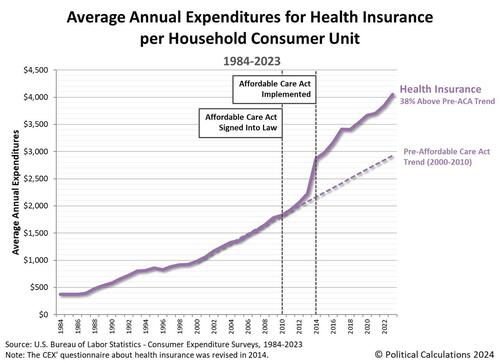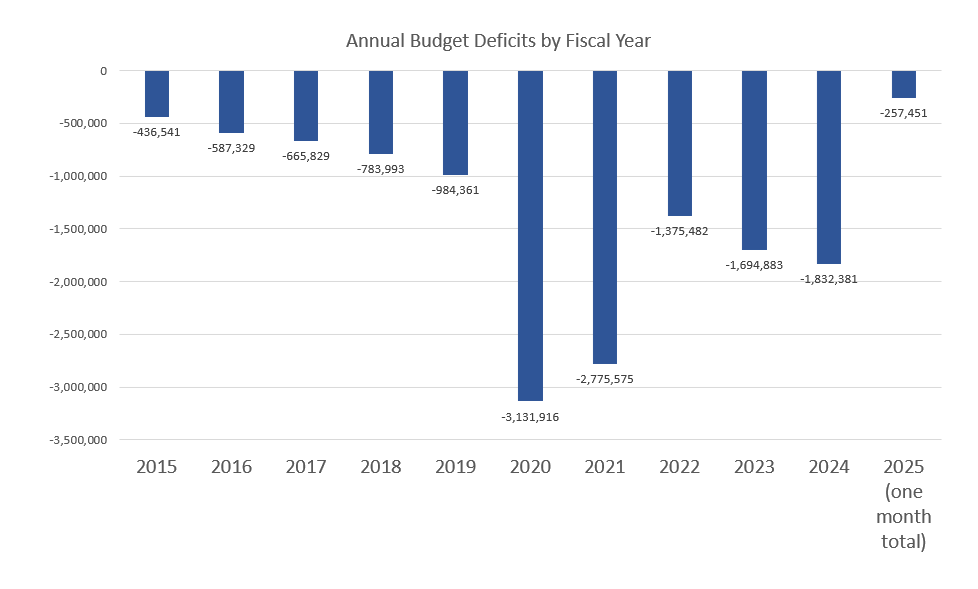US budget deficit widens to $1.8 tn, third highest on record
The United States on Friday reported a budget deficit of $1.8 trillion for the past year, widening from 2023’s level on greater spending, including for interest on the public debt. The overall deficit expanded by $138 billion for the year ending September 30, said the Treasury Department. The nation’s debt remains a key concern for […]
The post US budget deficit widens to $1.8 tn, third highest on record appeared first on Insider Paper.
Philippine police on manhunt for gang of armed men who allegedly kidnapped an American YouTuber from a remote village
Police identified the victim, who was shot in the leg by the armed gang dressed in all black and whisked away in a speedboat, as 26-year-old Elliot Onil Eastman from Vermont.
JACK POSOBIEC: ‘Bully the vote’
“President Trump isn’t running against Kamala Harris. He’s running against a regime. He’s running against the elites, and that’s why all of us need to be hard-nosed and steely-eyed.”
Oh, ‘Bamacare! Visualizing Forty Years Of Health Insurance Cost Inflation
Oh, ‘Bamacare! Visualizing Forty Years Of Health Insurance Cost Inflation
The Consumer Expenditure Survey (CEX) now covers forty years worth of data for how Americans households spend money.
That data includes how much the average “consumer unit” surveyed by the U.S. Census Bureau spends on health insurance, which like many other things in the economy, has seen significant cost inflation over the past four decades.
The following chart, via Political Calculations blog, shows how that cost has changed from 1984, the first year for the CEX, through 2023, the latest, whose data was just released last month.
As you’ll see, over the past 40 years, there has been one major factor that has altered the trajectory for how much American households/consumer units pay on average for health insurance coverage.
Back in 1984, the first year for the CEX, American household consumer units paid an average of $370 for health insurance.
That figure grew steadily over the following years and by 2000, the average cost of health insurance for a U.S. household has risen to $980.
From 2000 through 2010, the average cost of health insurance grew faster, reaching $1,826 by 2010.
Had the 2000 through 2010 growth trend continued, we estimate the average amount American households would pay for health insurance in 2023 would be $2,927.
But it didn’t, thanks to the passage of the Affordable Care Act, which was signed into law in 2010.
It was implemented over several years, going into full effect in 2014.
The claimed goal of the law, as suggested by its name, was to make health insurance more affordable for Americans.
In 2023, the average cost of health insurance paid by American households has more than doubled what it was in 2010.
At an average $4,049 per household, this expense is more than 38% higher than the trend that existed in the decade before the Affordable Care Act became law.
The chart also indicates the cost “curve” for health insurance has bent upward since 2021, which has inflated more quickly over the last few years following 2020’s coronavirus pandemic.
Tyler Durden
Fri, 10/18/2024 – 18:00
UK man, Mohamed Noor Iidow, convicted of manslaughter after orally raping mother of 3 to death
37-year-old Natalie Shotter was also an NHS worker.
Exclusive–RNC Chairman: Low Propensity Voter Turnout Higher Than Usual
The Republican National Committee (RNC) is focusing on “low propensity voters,” and the figures are already “dramatically higher” than normal.
The post Exclusive — RNC Chairman Michael Whatley: Low Propensity Voter Turnout ‘Dramatically Higher’ than Usual appeared first on Breitbart.
US plans up to $1.6 bn towards chip packaging tech
The United States expects to direct up to $1.6 billion in funding to boost semiconductor packaging, the Commerce Department said Friday, as Washington seeks to stay ahead in tech while competition with China intensifies. The funding comes under the CHIPS and Science Act, a package of incentives to boost research and US semiconductor production. “Securing […]
The post US plans up to $1.6 bn towards chip packaging tech appeared first on Insider Paper.
Hezbollah says targeted Israeli base in central Israel
Lebanon’s Hezbollah said it targeted a military barracks in central Israel on Monday, the latest attack claim after a deadly drone strike on an Israeli military base a day earlier. Hezbollah fighters launched “a salvo of rockets” at the barracks “east of Netanya”, a statement from the Iran-backed group said.
The post Hezbollah says targeted Israeli base in central Israel appeared first on Insider Paper.
Power plant failure triggers blackout across cash-strapped Cuba
Cuba was racing Friday to restore electricity after the failure of the island’s biggest power plant caused a nationwide blackout, coming on the heels of weeks of extended outages across the cash-strapped country. The capital Havana came to a virtual standstill as schools closed, public transport ground to a halt and traffic lights stopped functioning. […]
The post Power plant failure triggers blackout across cash-strapped Cuba appeared first on Insider Paper.
No Central Bank Wants to Stop Price Inflation
No interventionist government or central bank wants lower prices because inflation allows the government to increase its power while slowly breaching its monetary commitments.














